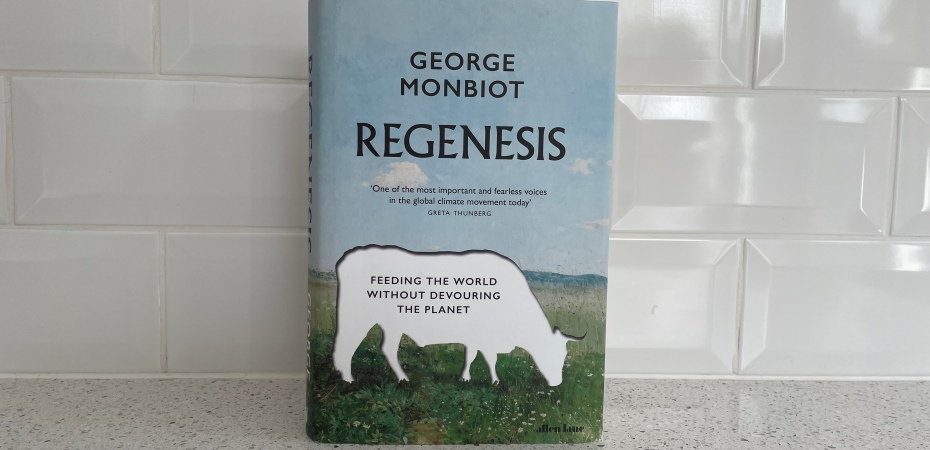The first chapter contained some interesting facts about soil, but nothing trivial. The next two chapters, however, made it worth sticking around for.
Chapter Two, What Lies Ahead, explores the tipping point of soil and its weakening capacity to renew, as a result of intensive agriculture. It goes on to describe the benefits of healthy soil, before providing a detailed account of the implications climate change will have on farming practices in the future making reference to wet bulb temperatures and heatwaves (pg 42-44), extreme weather events disrupting trade routes (pg 45-46) and the increased demand for water for irrigation (pg 47-49) – 149% more freshwater will be required compared to that which is used today.
Whereas Chapter Three, Agricultural Sprawl, takes a closer look at the benefits of organic farming (with a brief description of the organic loop hole found later on on page 113), emissions associated with intensive farming practices and livestock as well as the damage farm waste and agricultural sludge can have on freshwater sources – frequent algae blooms. It concludes with a warning, “farming is both too intensive and too extensive”, calling for better substitutes for animal products in order to relax the intensity of production within the remaining arable areas – in relation to land area crops occupy 12% and grazing uses 28%, compared to the 15% protected for nature.
It also contains come short extracts on food waste (pg 133-134), food poverty (pg 140, 191) as well as agroecology (pg 168).

